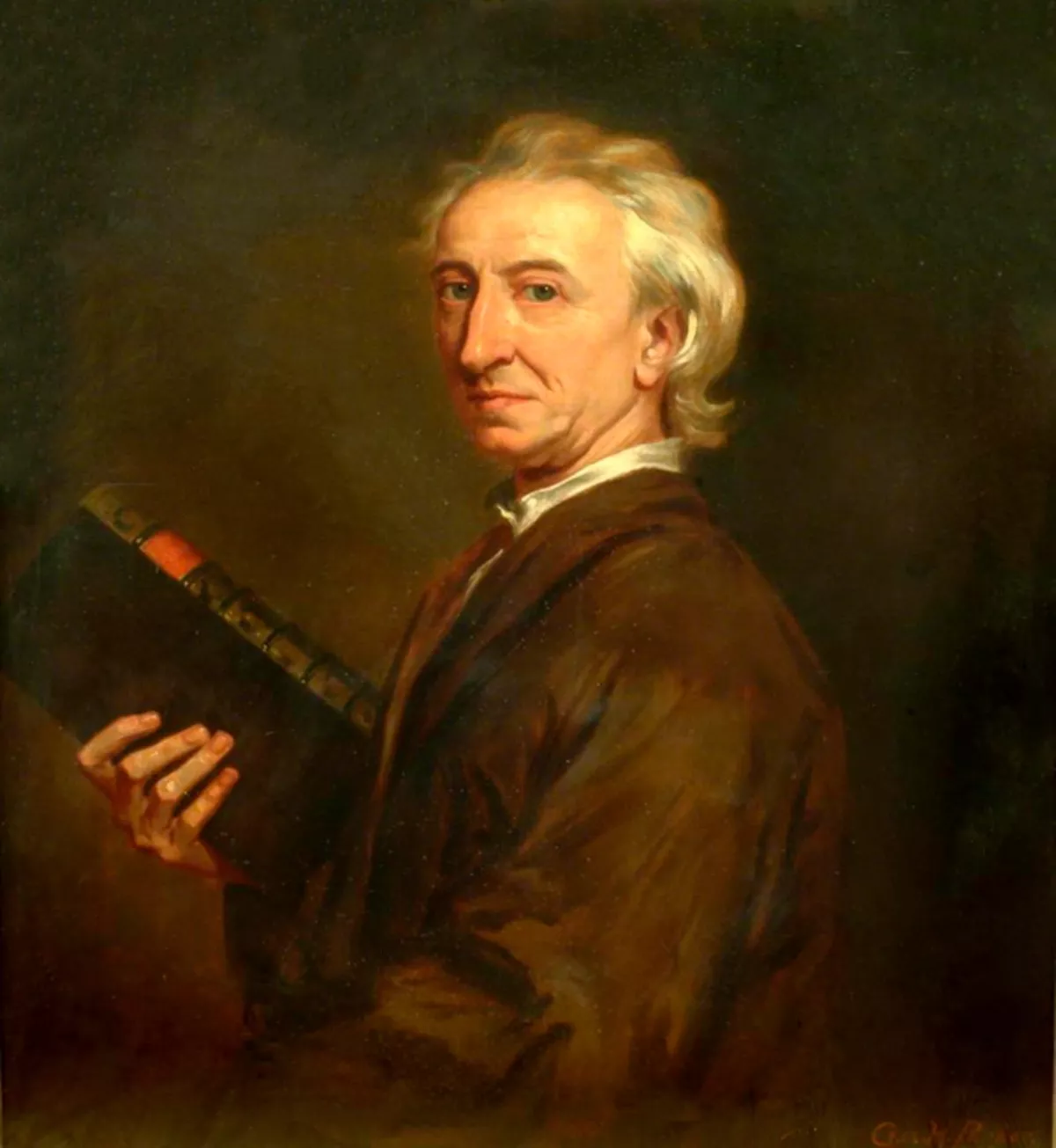 1.
1. John Evelyn was an English writer, landowner, gardener, courtier and minor government official, who is best known as a diarist.

 1.
1. John Evelyn was an English writer, landowner, gardener, courtier and minor government official, who is best known as a diarist.
John Evelyn was a founding Fellow of the Royal Society.
John Evelyn's diary, or memoir, spanned the period of his adult life from 1640, when he was a student, to 1706, the year he died.
John Evelyn's Diary was first published posthumously in 1818, but over the years was overshadowed by that of Samuel Pepys.
John Evelyn published several translations of French gardening books, and his Sylva, or A Discourse of Forest-Trees was highly influential in its plea to landowners to plant trees, of which he believed the country to be dangerously short.
John Evelyn was enrolled as a volunteer, and then encamped before Genep, on the Waal river, but his military experience was limited to six days of camp life, during which he took his turn at "trailing a pike".
John Evelyn returned in the autumn to find England on the verge of civil war.
John Evelyn attended anatomy lectures in Padua in 1646 and sent the Evelyn Tables back to London.
In 1644, John Evelyn visited the English College at Rome, where Catholic priests were trained for service in England.
John Evelyn acquired an ancient Egyptian stela and sent a sketch back to Rome, which was published by Father Kircher, SJ, in Kircher's Oedipus Aegyptiacus, albeit without acknowledgement to Evelyn.
In 1647 John Evelyn married Mary Browne, daughter of Sir Richard Browne, the English ambassador in Paris.
John Evelyn remained a royalist, had refused employment from the government of the Commonwealth, and had maintained a cipher correspondence with Charles II; in 1659 he published an Apology for the Royal Party.
John Evelyn never held any important political office, although he filled many useful and minor posts.
John Evelyn was commissioner for improving the streets and buildings of London, for examining into the affairs of charitable foundations, commissioner of the Royal Mint, and of foreign plantations.
John Evelyn found it impossible to secure sufficient money for the proper discharge of his functions, and in 1688 he was still petitioning for payment of his accounts in this business.
John Evelyn briefly acted as one of the commissioners of the privy seal.
Various other editions appeared in the 18th and 19th centuries and feature an inaccurate portrait of John Evelyn made by Francesco Bartolozzi.
John Evelyn had some training as a draftsman and artist, and created several etchings.
John Evelyn took an interest in the rebuilding of St Paul's Cathedral by Wren.
John Evelyn was a prolific author and produced books on subjects as diverse as theology, numismatics, politics, horticulture, architecture and vegetarianism, and he cultivated links with contemporaries across the spectrum of Stuart political and cultural life.
In 1694 John Evelyn moved back to Wotton, Surrey, as his elder brother, George, had no living sons available to inherit the estate.
John Evelyn inherited the estate and the family seat Wotton House on the death of his brother in 1699.
John Evelyn died in 1706 at his house in Dover Street, London.
Mary John Evelyn died in 1709, three years after her husband.
John Evelyn's Diary remained unpublished as a manuscript until 1818.
Some were reprinted in The Miscellaneous Writings of John Evelyn, edited by William Upcott.
John Evelyn believed that the country was being rapidly depleted of wood by industries such as glass factories and iron furnaces, while no attempt was being made to replace the damage by planting.
In "Sylva", John Evelyn pleaded for afforestation and asserted in his preface to the king that he had induced landowners to plant millions of trees.
John Evelyn spent much of his later life working on the enormous Elysium Britannicum, covering all aspects of gardening.
In 1977 and 1978 in eight auctions at Christie's, a major surviving portion of John Evelyn's library was sold and dispersed.
The Victoria and Albert Museum has in its collection a cabinet owned by John Evelyn which is thought to have housed his diaries.